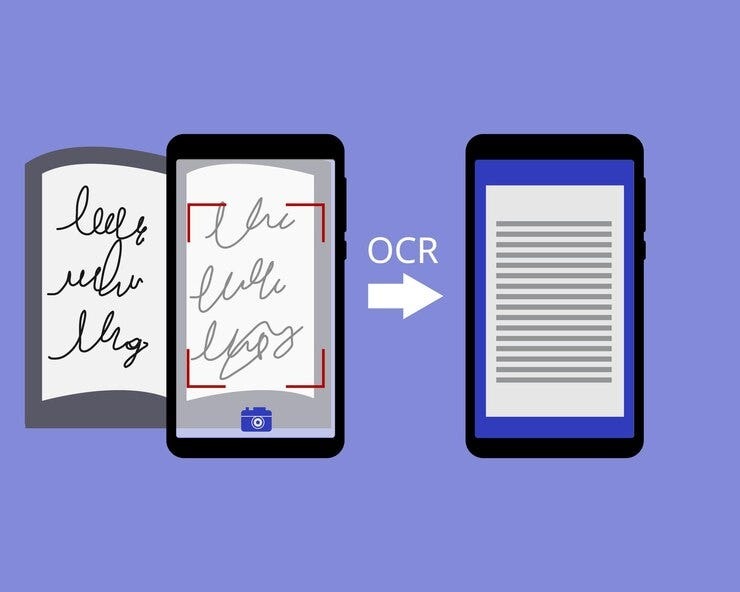Optical Character Recognition (OCR) technology has evolved significantly in recent years, opening up new possibilities for language translation and multilingual document management. In this article, we’ll explore how innovative OCR solutions are transforming the way businesses handle multilingual content.
Multilingual Challenges
In our globalized world, businesses often deal with multilingual documents, websites, and communication. Managing and translating this diverse content can be challenging without the right tools.
OCR and Language Translation
Innovations in OCR technology are bridging the language gap, enabling businesses to effectively manage and translate multilingual content.
Real-Time Translation
Advanced OCR systems can provide real-time translation of printed or digital text. This feature is invaluable for businesses conducting international transactions, communicating with global partners, or serving a multilingual customer base.
Enhanced Translation Accuracy
OCR-powered translation tools have improved accuracy. Machine learning algorithms can analyze context and provide more precise translations, reducing the risk of misunderstandings and miscommunications.
Automating Document Translation
OCR technology is also used to automate the translation of documents.
Efficient Content Localization
Businesses can use OCR to identify text within documents and automatically translate it into multiple languages. This streamlines the localization of content for different regions or markets.
Customizable Translation
OCR-enabled translation solutions often allow for customization. Businesses can define specific translation preferences, terminology, and branding guidelines to ensure consistency across multilingual content.
OCR for Multilingual Document Management
Managing multilingual documents efficiently is crucial for businesses operating on a global scale.
Document Indexing
OCR technology can be used to index multilingual documents, making it easier to search, retrieve, and manage content in various languages. This is particularly useful for businesses with extensive document repositories.
Compliance and Multilingual Documents
Many industries require compliance with multilingual documentation standards. OCR helps ensure that documents meet these standards by accurately recognizing and managing multilingual content.
Mobile OCR for Language Translation
Mobile OCR applications have become increasingly popular for travelers, tourists, and international business professionals.
Instant Translation on the Go
Mobile OCR apps allow users to point their smartphone cameras at foreign text, such as street signs or menus, and receive instant translations. This is a powerful tool for overcoming language barriers in real-world situations.
OCR and Augmented Reality
Emerging innovations are combining OCR with augmented reality (AR) technologies.
AR-Assisted Translation
AR glasses equipped with OCR technology can provide real-time translations of text encountered in the physical world. This has applications in tourism, international business, and language learning.
Conclusion
Innovations in OCR technology are revolutionizing language translation and multilingual document management. Businesses can now more effectively handle multilingual content, from real-time translation to automated document localization. As OCR technology continues to advance, it promises to further break down language barriers and facilitate global communication and collaboration.
